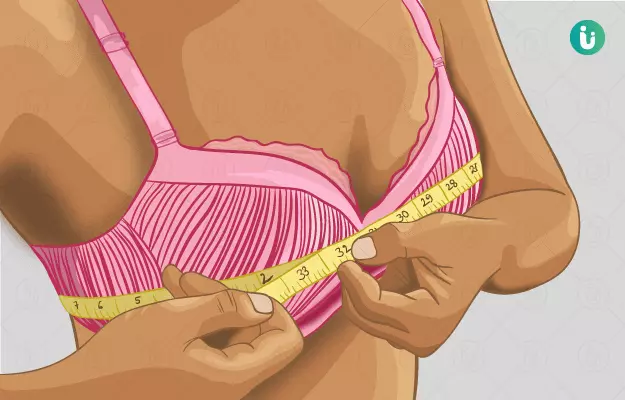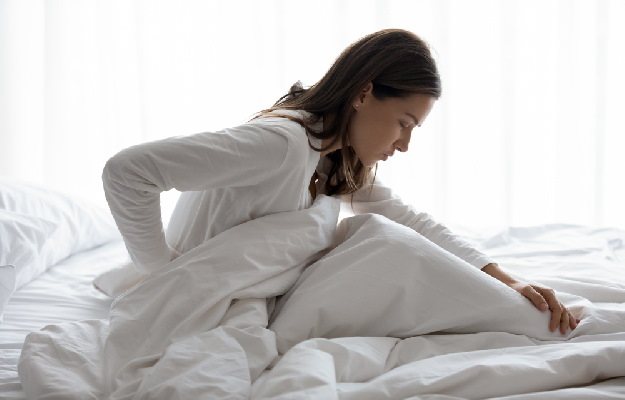It doesn’t matter if they’re small, large or asymmetrical, taking good care of your breasts is something every woman should focus on. Your breasts start growing soon after you reach puberty because your hormone levels change during this period - causing your breasts to grow and menstruation to start.
Now the age at which puberty hits and how your breasts develop can depend on hereditary, nutritional, stress, exercises and other factors. The insides of your breasts are made of connective tissue and milk ducts and lobules. The dark area around your nipples is called the areola, and as your breasts grow, these areolae get bigger and darker.
The breasts are supported by the skin around the breasts and Cooper’s ligaments, which run from the nipples down to the pectoral muscles of the chest. As you age, and with wear and tear, these Cooper’s ligaments and the skin around the breasts can stretch out, lose their natural elasticity and lead to sagging breasts. This is the functional reason why brassieres or bras were invented over a century ago.
Bras are supposed to provide support to your breasts and stop them from sagging. Whether you choose to wear a bra or not depends on you. But if you do choose to wear a bra, you must get the right one. According to the UK’s National Health Service, 70-80% of women wear the wrong bra, and this leads to health issues. Chances are that you too have been wearing the wrong bra. So, here’s everything you need to know about making the right bra choice and how to get a bra that fits perfectly.



































